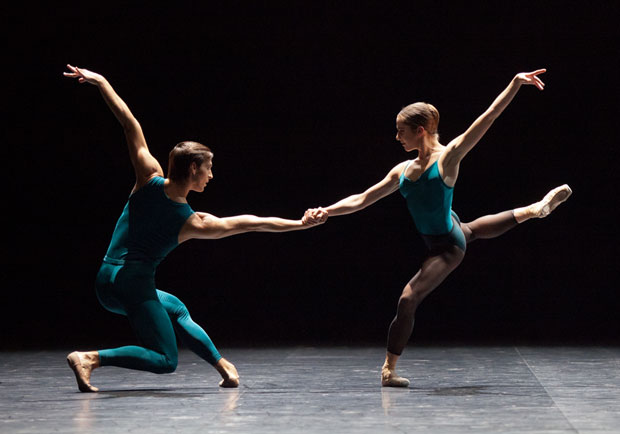
© Anne Deniau / Opéra national de Paris. (Click image for larger version)
Paris Opera Ballet
William Forsythe / Trisha Brown: In the Middle, Somewhat Elevated | Woundwork 1 | Pas./Parts | O Zlozony/O Compsite
Don Quixote
Paris, Garnier & Bastille
December 2012
www.operadeparis.fr
The Paris Opera Ballet traditionally celebrates Christmas by offering two contrasting programmes at their two houses. And how contrasting they were. Don Quixote, that most exuberant of the Petipa classics, at the Bastille; three pieces by deconstructionist William Forsythe and one by postmodernist Trisha Brown at the Garnier. It’s a big span and in the event the performances were a little uneven while I was there.
The contemporary programme opened with In the Middle, Somewhat Elevated, created for the company in 1987. Paradoxically, this work, which pioneered the deconstruction of classical ballet has itself become a classic of its kind, performed by many companies. Equally paradoxically it actually celebrates classical technique more than was fully understood at the time of its creation by the way it extends, distorts, inverses the technique. The dancers were mostly younger, less senior than in the later pieces, although Alice Renavand, Vincent Chaillet and Aurélia Bellet are experienced and made an impression. The work demands attack, great speed and technical confidence, to a greater extent than some of the dancers could fully achieve.
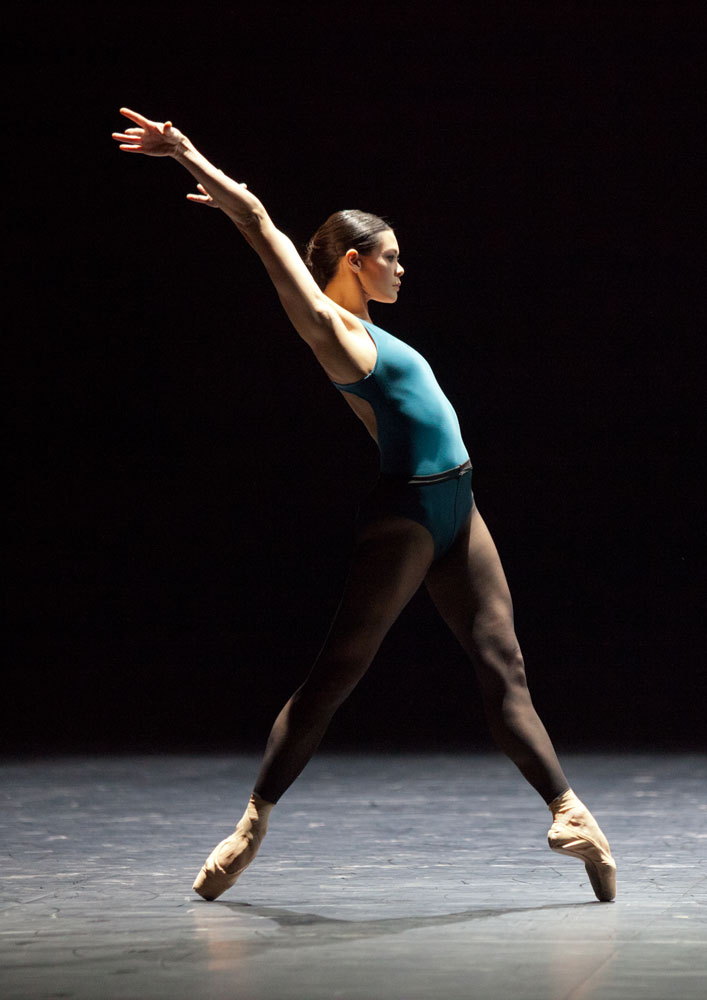
© Anne Deniau / Opéra national de Paris. (Click image for larger version)
The other two Forsythe pieces, Woundwork 1 and Pas./Parts, were also created on the company, in 1999. The first explores double work with two couples, Emilie Cozette and Benjamin Pech, Eleonora Abbagnato and Nicolas Le Riche. More brightly lit and with a more accessible score than Thom Willems composed for the other works, it is a beautiful piece, developing and extending simple classical movements. The second presents a large cast, both as a group and with numerous solos and duets and other groupings, varying patterns with hyper-energy and acceleration. Dancers from all levels of the company, including etoile Agnès Letestu, threw themselves into the choreography, with sujets Sabrina Mallem, Simon Valastro and Aurélien Houette impressing.
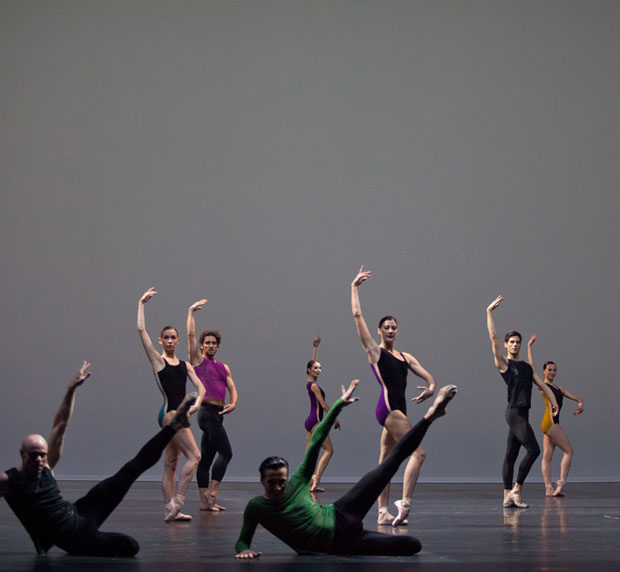
© Anne Deniau / Opéra national de Paris. (Click image for larger version)
The middle piece, O Zlozony/O Compsite, is a beautiful work by Trisha Brown, made for the company in 2004. Bizarely it always reminds me of Ashton’s Monotones, partly due to the fact that the dancers are dressed entirely in white and to the calming serenity it exudes. Isabelle Ciaravola, Nicolas Le Riche and Jérémie Bélingard moved fluently to the unique soundspace of Polish poetry and music by Laurie Anderson.
The Paris company has long taken contemporary dance seriously, creating new works such as these, and casting etoiles and other senior dancers in them; the Director, Brigitte Lefevre, has a modern ballet background. Combined with their strength in the classical tradition, it makes for a satisfyingly diverse repertory – underlined when I also caught Don Quixote.
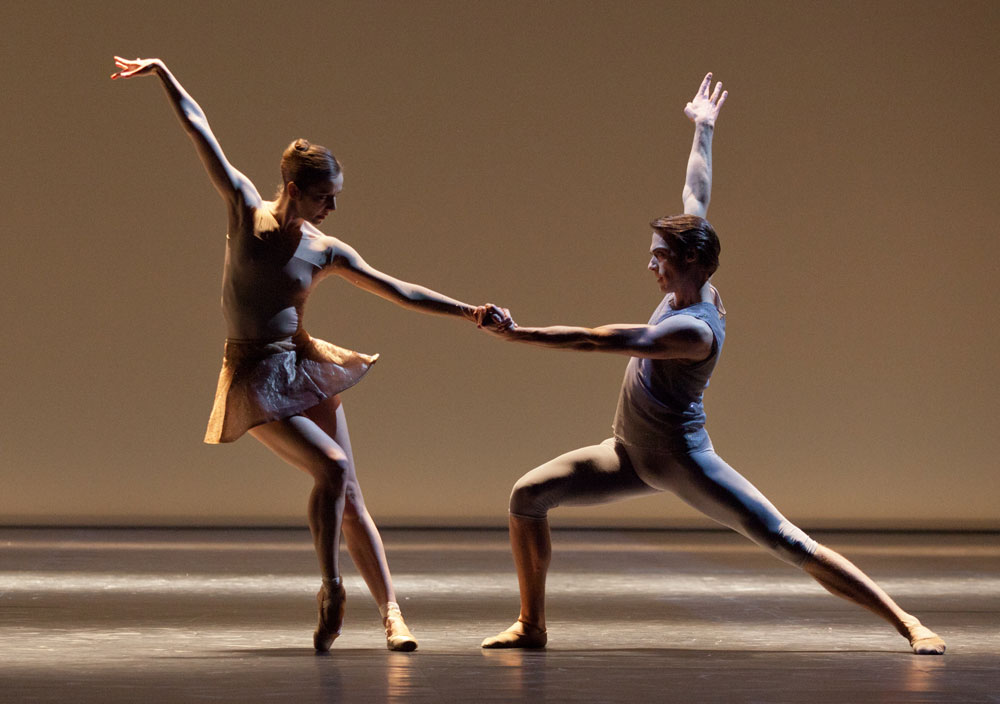
© Anne Deniau / Opéra national de Paris. (Click image for larger version)
The Paris company’s production of Don Quixote is the version Nureyev revised for them, first performed in 1981. After a long dark prologue it is lively, packed full of dance, the humour less exaggerated than in some Russian versions. The company always dances it well but the level of performance was variable. Beset by injury, the principals kept being replaced, sometimes at extremely short notice. I saw Dorothée Gilbert and Karl Paquette, substituting for Mathilde Froustey and Pierre-Arthur Raveau at the very last moment, which led initially to some uncertainty, and Ludmila Pagliero and Mathieu Ganio. Gilbert, who had excelled in the not-dissimilar Paquita, had the right vibrant personality as Kitri, and the newly-promoted Pagliero was equally convincing. Ganio was a lively Basilio but the ever-reliable Paquette, who was scheduled to take the lion’s share of Basilio performances, does not have the personality or technique to excel in this ballet. Likewise, neither Espada, Alexis Renaud and Yann Chailloux, had the dominant presence to make the most of that role, but both Street Dancers, Héloïse Bourdon and Laura Hecquet, were good. Newly promoted Marine Ganio shone as Cupid and Sarah Kora Dayanova danced the Queen of Dyads with real authority.











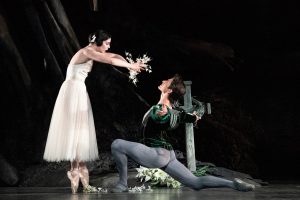
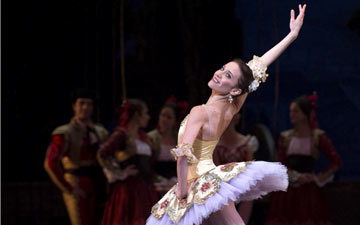

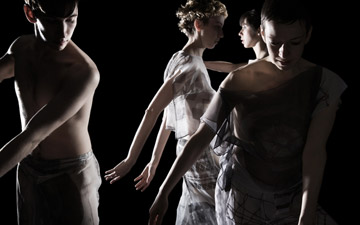
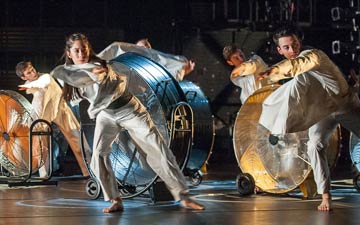

You must be logged in to post a comment.